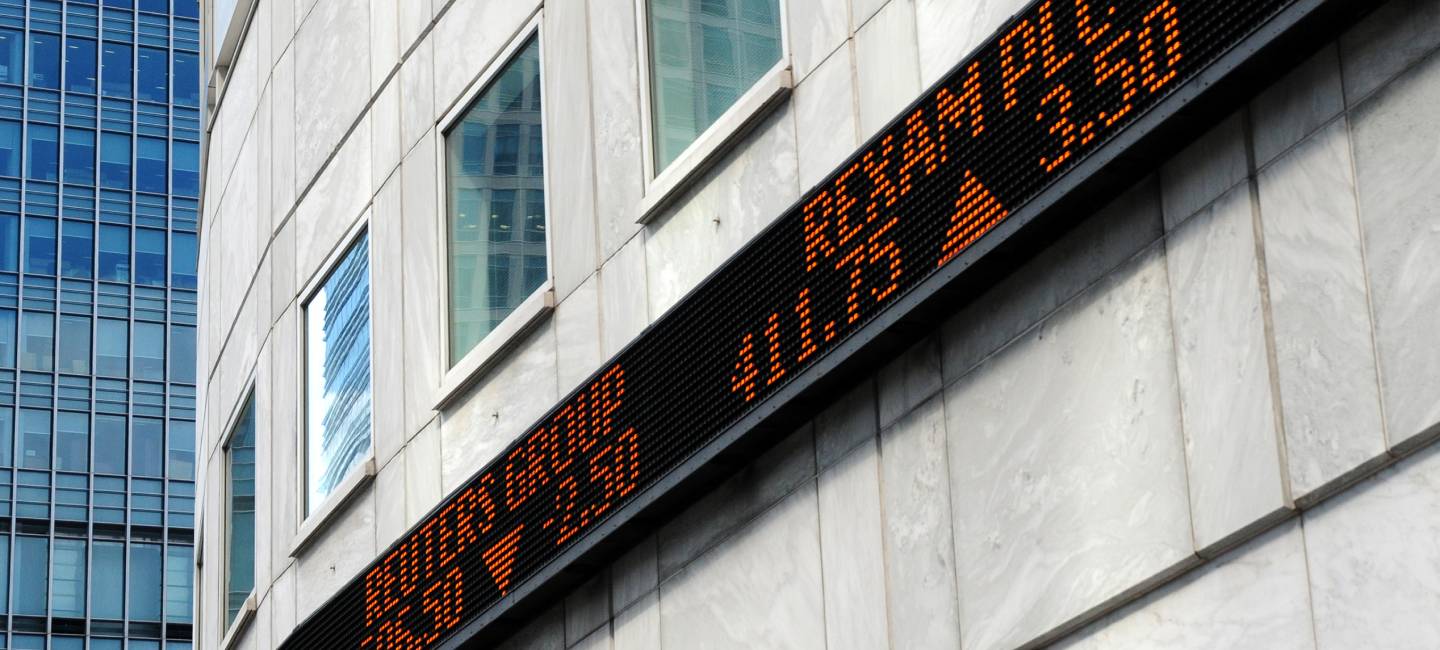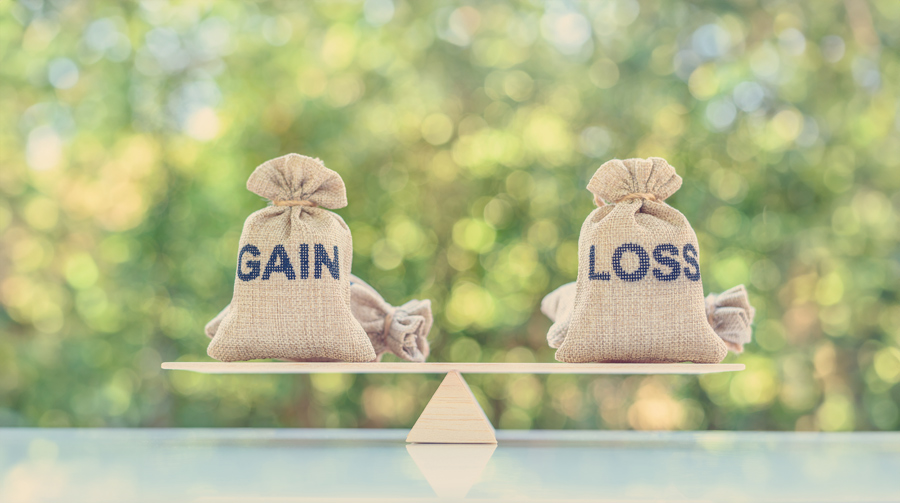

This article is for general guidance only and is not financial or professional advice. Any links are for your own information, and do not constitute any form of recommendation by Saga. You should not solely rely on this information to make any decisions, and consider seeking independent professional advice. All figures and information in this article are correct at the time of publishing, but laws, entitlements, tax treatments and allowances may change in the future.
More people than ever are paying dividend tax – about 3.7 million people in the 2025/26 tax year. This number has more than doubled since 2021/22, according to HMRC figures. And from April 2026, the rates of dividend are rising.
Below, we’ll explain why more people are paying and how you can protect your investment returns – plus how you could fall foul of the law if you don’t inform HMRC.
What’s on this page?
Dividends are payments from a company’s profits to shareholders. Because they’re a form of income, they’re subject to tax.
You might receive dividends if you own shares in a listed company, if you hold a stake in certain investment funds, or if you run your own business and pay yourself through dividends.
Remember that dividends received from investments held in an ISA (or a pension such as a SIPP) are tax-free. You only pay dividend tax on dividend income outside an ISA or pension.
If your income from other sources (such as pension or wages) is below your personal allowance of £12,570 a year, then any dividend income up to the personal allowance is tax-free. For example, if your only other income is £11,970 a year in state pension, you can receive up to £1,100 in dividend income without paying tax – made up of £600 as the remainder of your personal allowance, plus £500 in dividend allowance.
Once you do have to pay dividend tax, the rates for 2025/26 are:
From April 2026, the rates are increasing by 2% for basic and higher-rate taxpayers, to:
Scotland has the same dividend tax allowances, rates and thresholds as the rest of the UK, even though the thresholds for income tax are different. So you pay dividend tax at the higher rate if you are above the UK higher-rate threshold, not the Scottish higher-rate threshold.
Bear in mind the relevant UK tax bracket is based on overall income for the year, including money earned from dividends. That means dividend income could potentially push you into a higher-rate income tax bracket.
If you live in Scotland, your dividend income does not affect which Scottish income tax bracket you fall into.
The amount of income from dividends that you can receive tax-free has reduced in recent years. Up until 2016, basic-rate taxpayers essentially had no dividend tax to pay – in practice it only applied to higher and additional-rate taxpayers.
This situation changed in 2016 and the allowance of £5,000 was introduced instead. That allowance was cut to £2,000 in 2018/19, and then to £1,000 in 2023/24, then £500 for 2024/25 and 2025/26. It’s expected to stay at £500 for 2026/27.
Laith Khalaf, head of investment analysis at AJ Bell, says that taxes on dividends have rocketed in recent years as a result of big cuts to the annual dividend allowance. “Combined with frozen tax thresholds dragging more people into higher tax bands, this could mean heaps more tax for those with even modestly-sized portfolios.”
Figures provided by HMRC following a freedom of information request from AJ Bell show that the majority of those paying dividend tax are basic-rate taxpayers. The average dividend tax bill for this group is expected to be £382 for 2025/26. But although the bill is relatively small, it means they have to contact HMRC and potentially fill in a self-assessment tax return.
For the relatively low-income group who fall within the starter rate for savings, the average dividend tax bill is expected to be £1,090.
Nearly a fifth of all higher-rate taxpayers (3.66 million people) are expected to pay dividend tax for 2025/26, with an average bill of £6,202 each.
There’s no dividend tax on investments in an ISA or pension. But it applies to all other kinds of investments, such as shares you hold separately, or investments held in general investment accounts.
Sarah Coles, head of personal finance at Hargreaves Lansdown, says: “You can switch your investments into ISAs. If you’ve not already used your allowance this year, you can invest up to £20,000 in the current tax year. You can then do the same at the beginning of the next tax year – before any dividends are paid.
“If this is still going to leave significant assets exposed to dividend tax, when you’re choosing the investments to shelter in an ISA, it’s important to prioritise protecting shares which generate the highest dividends. This will leave more growth-oriented investments outside the tax wrappers. It may be subject to capital gains tax, but this can be deferred and managed through annual allowances.”
Alice Haine, a personal finance analyst at investment platform Bestinvest, explains how to move your investments into an ISA. “To do this, investors can sell shares or funds using their current exemptions and repurchase them with an ISA – a process known as ‘Bed and ISA’.
“A similar process known as ‘Bed & Pension’ applies to investments moved into a pension, such as self-invested personal pension (SIPP).”
Investors need to watch out for capital gains tax (CGT) through this process, though. For example, if the amount you transfer from a general investment account into an ISA has increased in value by more than the capital gains allowance (currently £3,000 a year), it could lead to a CGT charge on that transaction.
Our guide to capital gains tax has more information about the various scenarios. If you’re not sure, it’s worth getting independent financial advice to understand the options.
If you’re married or in a civil partnership, there’s more that can be done to cut the tax bill. Haine says: “Married couples and civil partners have a tax advantage over their unmarried peers – the opportunity to make ‘interspousal transfers’ where savings and investments can be switched tax-free between spouses.
“This allows the couple to make use of two sets of allowances, such as dividend allowances and capital gains exemptions, to reduce the overall tax hit for the family.”
She adds: “Before transferring assets to your other half, remember they become the full, legal owner of the assets, so this is an unwise move if the relationship is on rocky ground.”
Transferring assets can be a tricky process, so getting professional financial advice may be a good idea here as well. Another option to reduce dividend tax is to pay into a pension to reduce your adjusted net income. This could help keep you out of higher rate tax bands, which will in turn reduce your dividend tax rate.
It can also preserve your personal allowance if your income is above £100,000.
Make sure you are also taking advantage of all your tax-free allowances, such as the trading allowance or marriage allowance.
.jpg?sc=max&mw=800&h=450&la=en&h=731&w=1300&hash=C3267814FA59472E1D6B9AA60CEA17C4)
To work out your dividend tax bill, you need to add any dividends you earned in a year to your other income, to work out your tax band.
You would then not pay any tax on the first £500 of dividends and the remainder would be taxed based on your tax band.
Step 1:
Add up your income for the tax year (6 April to 5 April): Any income from salary, pension, rental property, interest on savings, then dividends last.
Step 2:
Use your allowances in order. The personal allowance first (£12,570 for most people), then the dividend allowance that makes the first £500 of dividend income tax-free.
Step 3:
Apply the dividend rates to what’s left: the rates will differ depending on your tax band and whether you are calculating for 2025/26 or 2026 onwards (as shown above).
For example, say you earn income of £35,000 a year, plus £10,000 in dividends, taking your total income to £45,000, your dividend tax bill for 2025/26 would look like the below:
If you need to pay dividend tax, it’s essential you inform HMRC. Unlike with savings interest, HMRC won’t be informed by the provider that holds your investments.
Claire Roberts, tax partner at accountancy firm Moore Kingston Smith, explains: “If you do not usually send a tax return, you need to register by 5 October following the end of the tax year in which the dividends are received.
“However, if you receive less than £10,000 in dividends in a tax year and do not already send a tax return, you can ask HMRC to change your tax code to collect the tax from your pension or earnings for the following tax year.”
The deadline for filing your tax return and paying any tax bill is 31 January. So for the 2024/25 tax year, the deadline is 31 January 2026, and for 2025/26 the deadline is 31 January 2027.
You can pay a tax bill to HMRC by bank transfer, debit card or by cheque.

Discover the top dividend-paying stocks and the secrets to sustainable returns.


Many people haven't heard of stocks and shares ISAs, and many more are unsure how they work. Are you holding your finances back? Find out more.

Find out what changes to the rates and allowances for capital gains tax could mean for you



With our Stocks & Shares ISA and General Investment Accounts. Capital at risk.